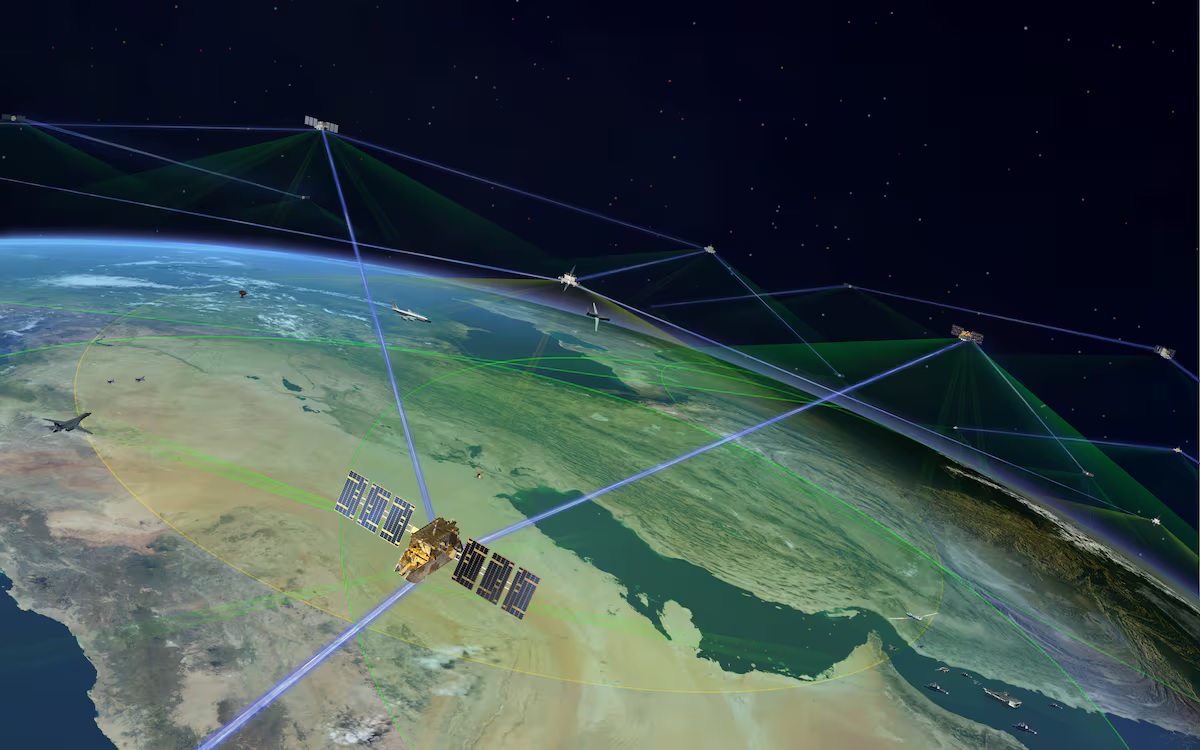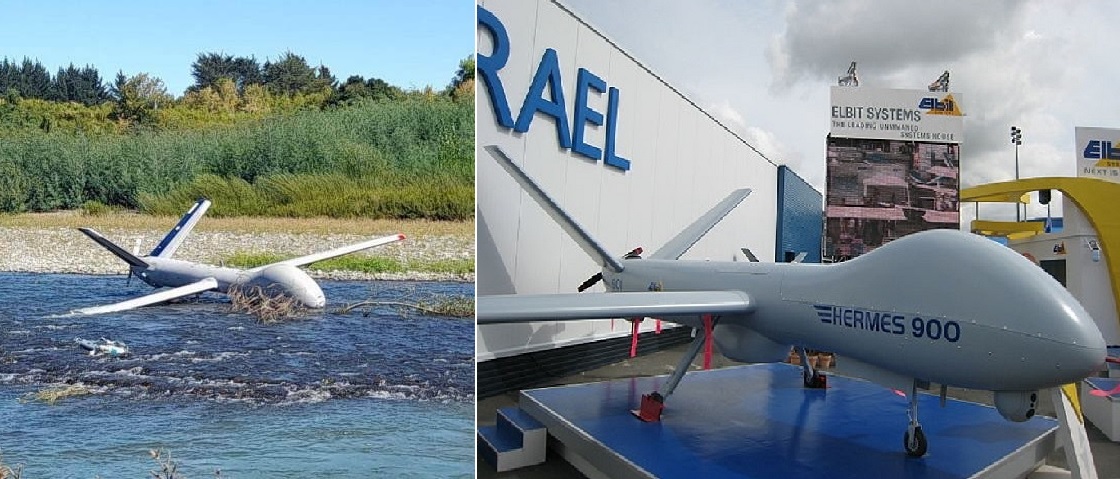Tejas MkII Assembly to Begin in Bangalore, First Flight Set for Next Year

India’s aerospace industry is on the cusp of a significant breakthrough with the Tejas MkII, an advanced version of the indigenous Light Combat Aircraft (LCA), set to enter the assembly stage this month at Hindustan Aeronautics Limited’s (HAL) Bangalore facility. This new iteration represents a leap forward in the country's indigenous fighter jet development program and could further enhance India's air defense capabilities. The Tejas MkII will play a pivotal role in replacing aging fighters like the Mirage 2000 and Jaguar, giving the Indian Air Force (IAF) a modern combat edge.
The Aircraft and Systems Testing Establishment (ASTE), a key institution of the Indian Air Force, is at the heart of testing the Tejas MkII. The ASTE will be working closely with HAL to ensure the aircraft is ready for its highly anticipated first flight, which is expected to occur next year. Currently, the HAL facility in Bangalore is already buzzing with activity, as parts of the fuselage and smaller equipment have started arriving, marking the beginning of the aircraft's assembly process.
While the original Tejas MkI variant was designed primarily for air-to-air missions, the Tejas MkII brings notable upgrades and is expected to feature enhanced capabilities for air-to-ground roles as well. It is planned to be powered by the more powerful GE-F414 engine, significantly improving its thrust-to-weight ratio compared to the MkI variant. This increased power will allow the Tejas MkII to carry more payload, including advanced weaponry like beyond-visual-range (BVR) missiles, air-to-ground precision weapons, and even anti-ship missiles.
The aircraft's avionics are also getting a significant upgrade. The MkII will be equipped with an active electronically scanned array (AESA) radar, improving its tracking and targeting abilities. It will also feature a digital fly-by-wire system, advanced electronic warfare (EW) suites, and an integrated onboard oxygen generation system (OBOGS), which will enhance pilot endurance in extended missions. Furthermore, the redesigned airframe offers increased fuel capacity, giving the fighter jet extended range, making it better suited for long-range missions.
Before the aircraft takes to the skies, it will go through an intense series of ground-based tests at HAL. This includes engine runs, high-speed taxi trials, and stress tests that will push the aircraft's systems to their limits. The ASTE test pilots, known for their rigorous standards and expertise, will be involved in every phase of the testing. These experienced pilots will play a crucial role in evaluating the control systems, testing the new cockpit layout, and fine-tuning emergency protocols. Their input will ensure that the aircraft meets the high expectations set for it.
Although the name of the pilot who will perform the Tejas MkII's maiden flight is still under wraps, there is no doubt that it will be someone from ASTE’s highly skilled and elite team. Their work will not only shape the future of the Tejas MkII but will also influence the direction of future indigenous fighter programs.
The Tejas MkII program is a giant leap in India’s self-reliance in defense production, symbolizing decades of effort to develop cutting-edge indigenous aviation technologies. Once operational, the Tejas MkII will represent India's next-generation fighter, with capabilities that could make it a contender in the international defense market. As assembly begins and testing progresses, the Tejas MkII brings India one step closer to fielding a world-class fighter jet.


